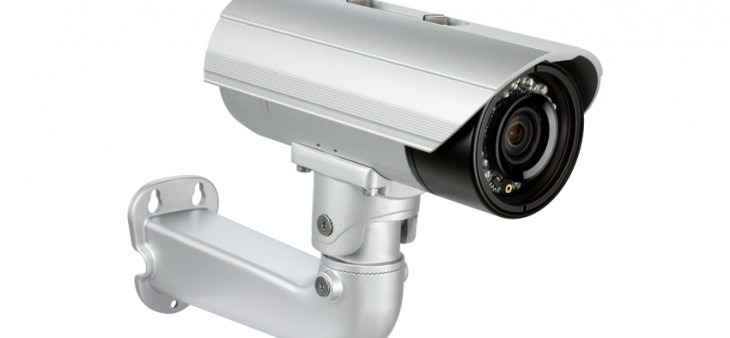
Unmask hidden details in challenging lighting. Explore Wide Dynamic Range (WDR) technology and its impact on surveillance camera clarity.
In surveillance technology, WDR refers to wide dynamic range. This is a camera’s capability for digital exposure adjustment so that a wider range of image details can be identified, even when subjects are surrounded by shadows or bright light. Cameras with WDR play a key role in surveillance applications, since in these situations a camera’s view may transition from dark to normal to very light areas. With wide dynamic range features, equipment can adapt to intense illumination around subjects or backlighting behind them. The WDR camera capability prevents recorded subjects from appearing too dark or overly exposed.
Key Takeaway:
- WDR cameras capture vivid details in extreme lighting conditions, unlike standard cameras that struggle with bright or dark areas.
Q: What is WDR in surveillance cameras?
A: WDR stands for Wide Dynamic Range. It’s a camera technology that enhances image quality in scenes with significant variations in brightness. This allows you to see clear details in both brightly lit and dimly lit areas, which is crucial for effective surveillance.
Wide Dynamic Range Camera Images
A surveillance camera’s field of view can include very bright and very dark areas. Wide dynamic range camera images are properly exposed. WDR features can tone down the natural and artificial illumination surrounding an object or person, so details appear clearly. The WDR camera function is beneficial if natural light enters a space from various angles, such as in a business with large windows and glass doors. A camera with wide dynamic range functionality is important in security recording solutions for stores, restaurants and other variably lit locations.
Surveillance Camera with WDR
Cameras without WDR may produce images that are missing important details. Surveillance cameras with WDR support subject visibility and detail identification. Having WDR in a camera means a consistently clear image is captured, even when a person moves through extremely lit or heavily shadowed areas of a room. WDR is often achieved using dynamic contrast and dynamic capture techniques. Commercial imaging equipment, such as D-Link and Axis surveillance cameras, features wide dynamic range functionality.
